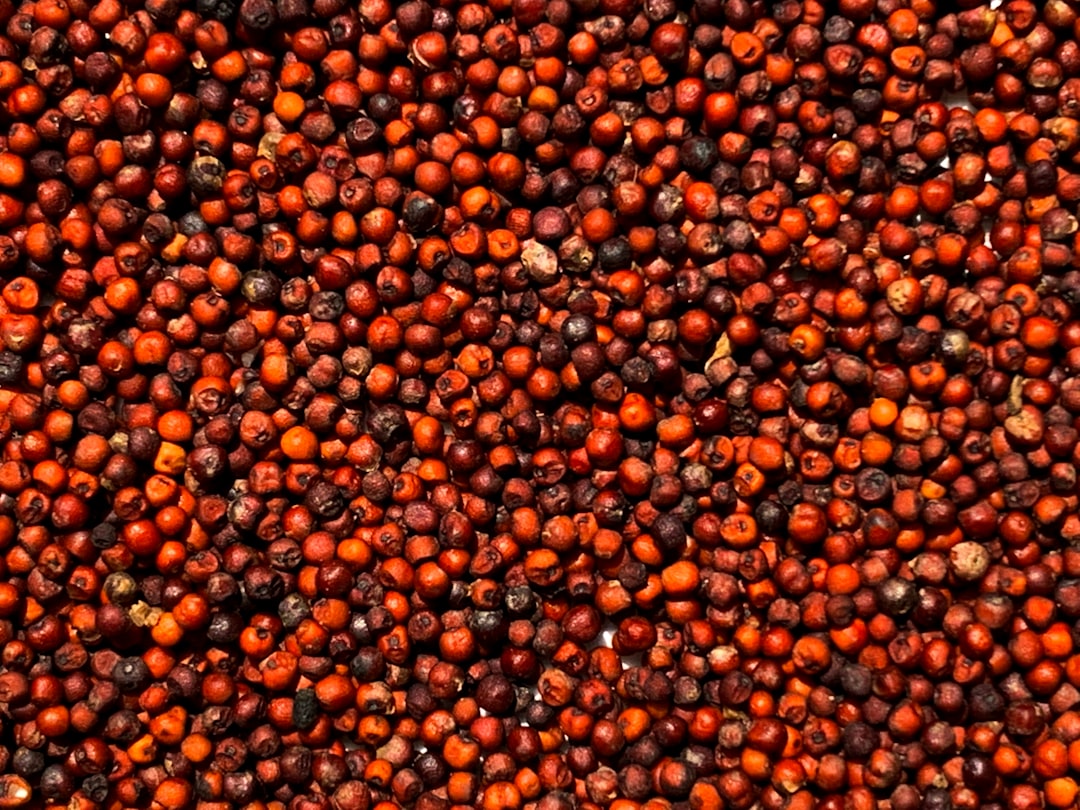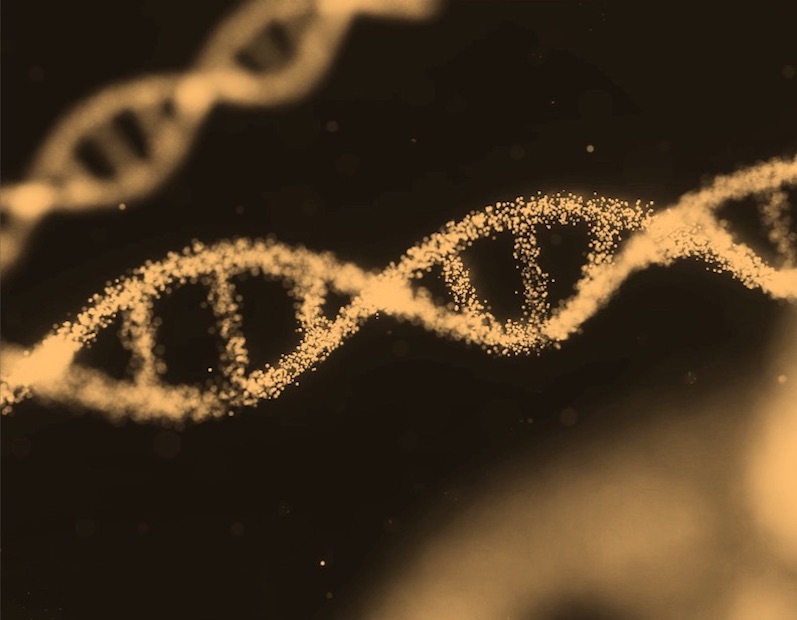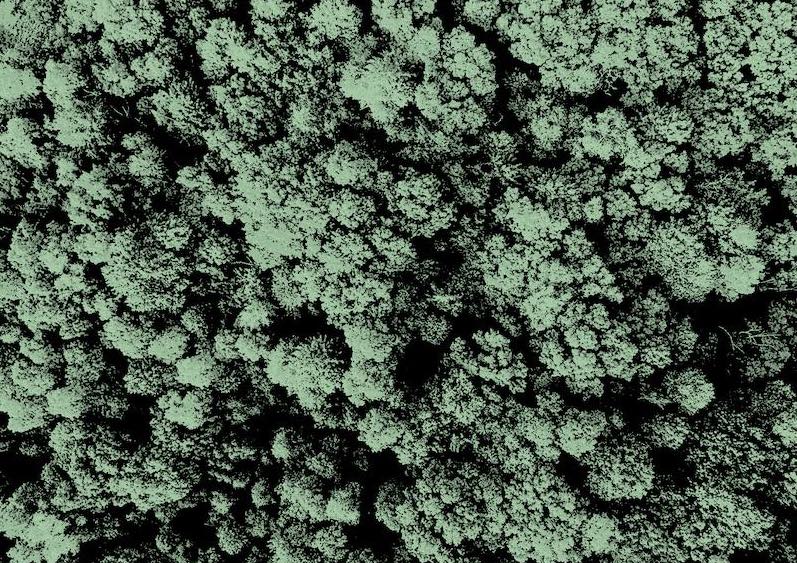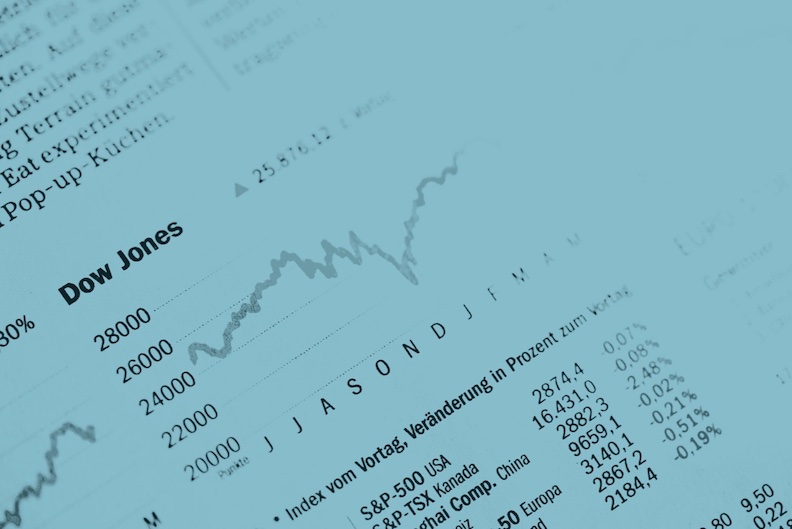What is it about?
This study uses a nationally representative rural household survey from China, the difference-in-difference, three-step approach, and Seemingly Unrelated Regression methods to assess the impacts of China's new agricultural subsidy on chemical fertilizer use, heterogeneity effect, and mechanism.
Featured Image

Photo by James Baltz on Unsplash
Why is it important?
China already has become the world's largest fertilizer producer and consumer, employing more than 30% of the world's fertilizer on less than 9% of the global cropland. The overuse of chemical fertilizer has caused various environmental problems in China, including eutrophication of surface waters in the Yangtze River basin, nitrate pollution of groundwater in the north, severe soil acidification in the south, and growing emissions of greenhouse gases. It is the first time to look at the environmental impact of China's new agricultural subsidy policy. It could provide a reference to formulate a “green” and“decouple” agricultural subsidy policy for developing and transition economies like China's. The second contribution is that the robustness and reliability of the model estimates have been enhanced by using seemingly unrelated regression (SUR) combined with bootstrapping to estimate the multiple mediating effects in one step. It provides the assumption of non-independence of equations missing from earlier studies to assess multiple mediating effects.
Perspectives
Previous studies have conflicting results regarding the effects of agricultural subsidies on chemical fertilizer usage because they ignore changes in other farm inputs. The novelty of this study is that it estimates the direct and indirect effects of agricultural subsidies on chemical fertilizer use in one step, using seemingly unrelated regression (SUR) combined with the bootstrapping method.
Mr. Pengfei Fan
Nanjing Agricultural University
Read the Original
This page is a summary of: The effect of agricultural subsidies on chemical fertilizer use: Evidence from a new policy in China, Journal of Environmental Management, October 2023, Elsevier,
DOI: 10.1016/j.jenvman.2023.118423.
You can read the full text:
Contributors
The following have contributed to this page










